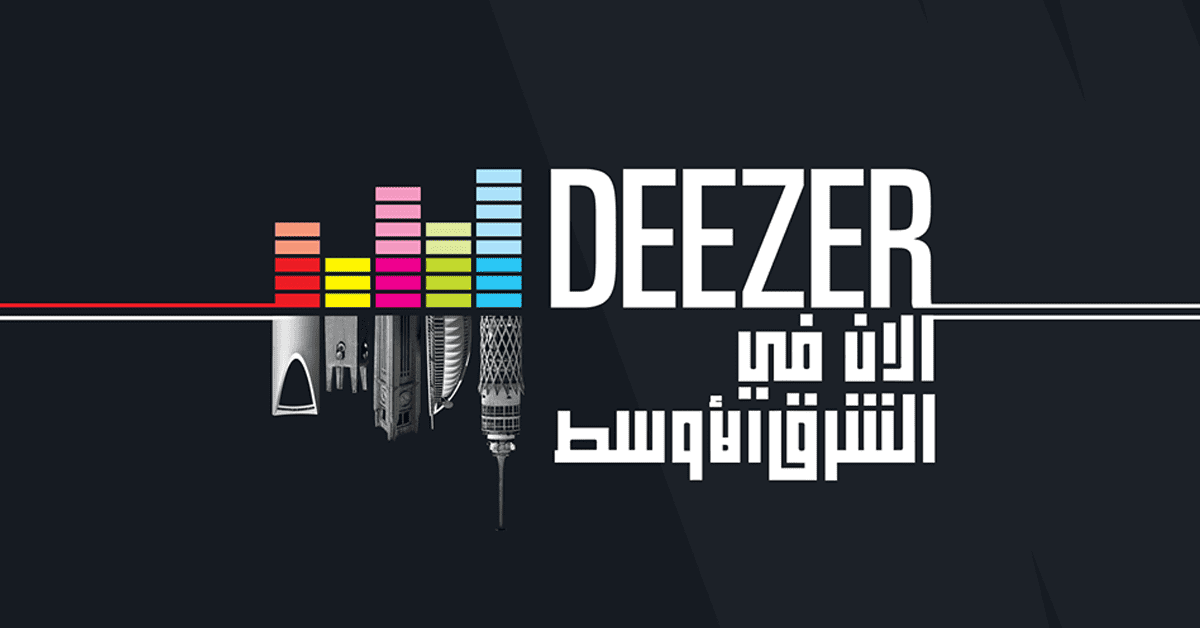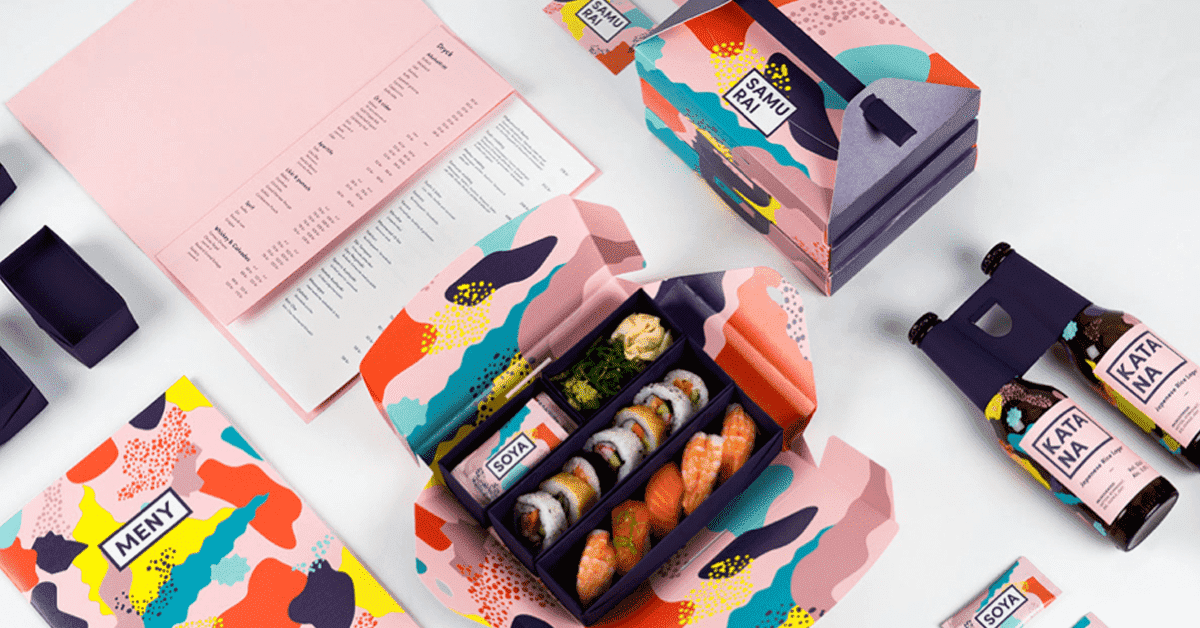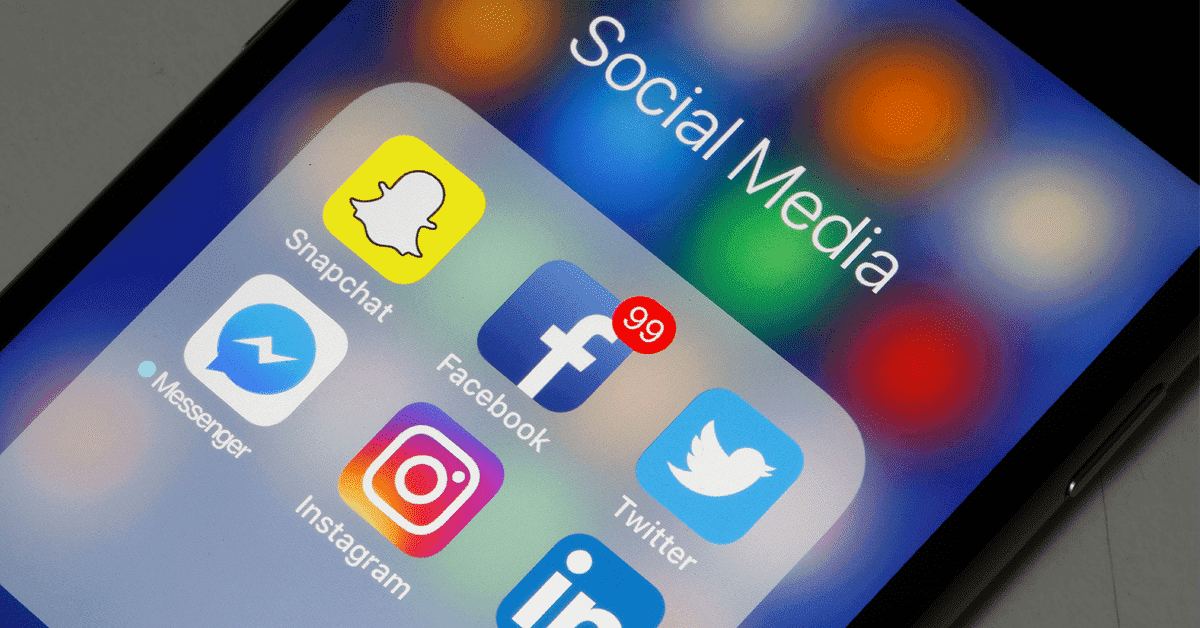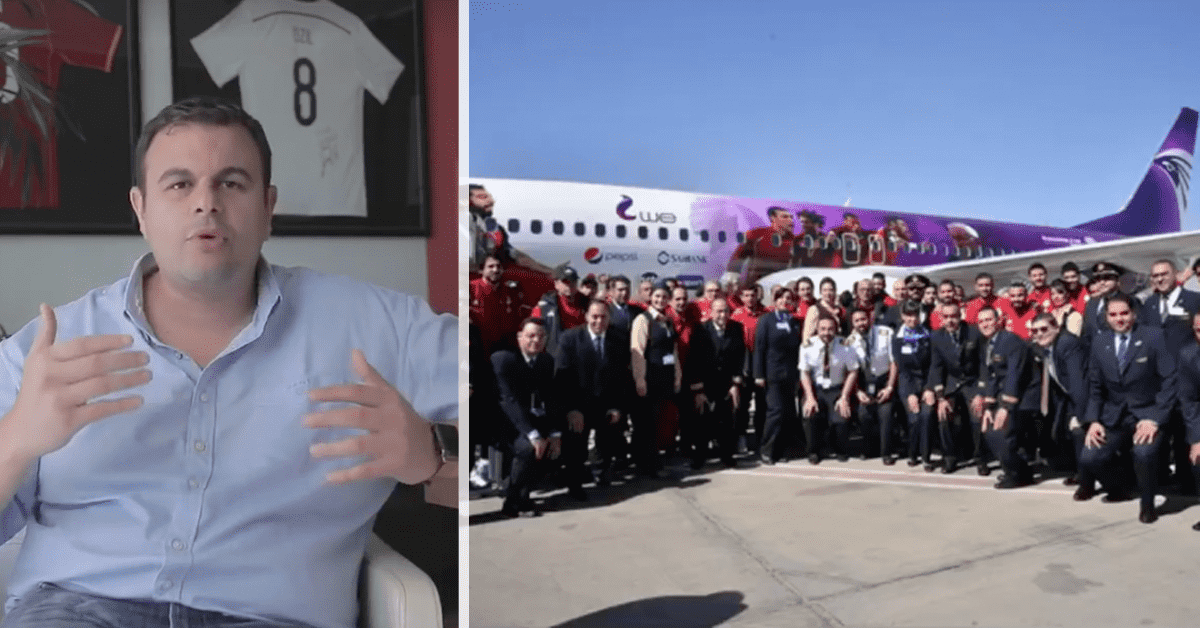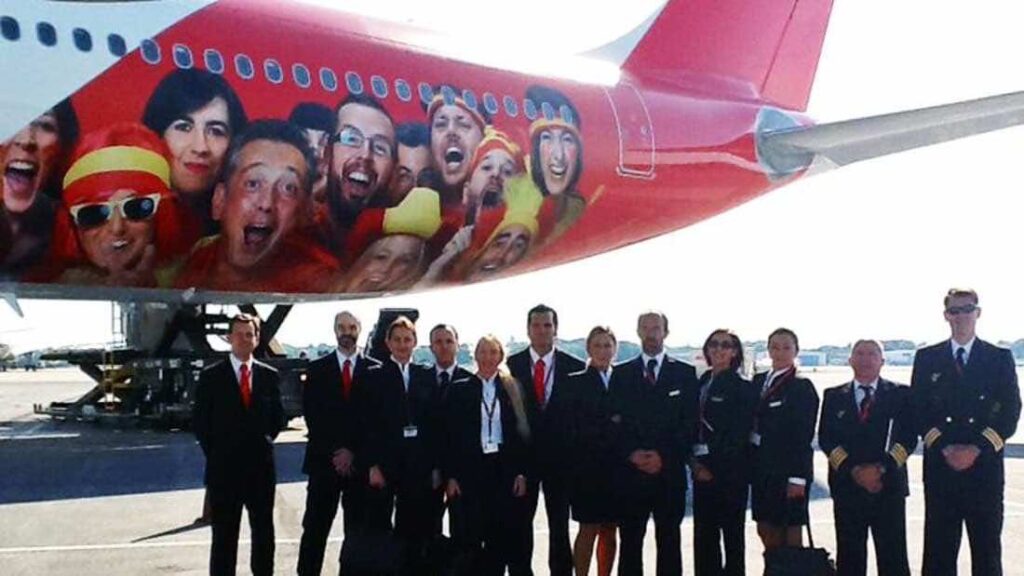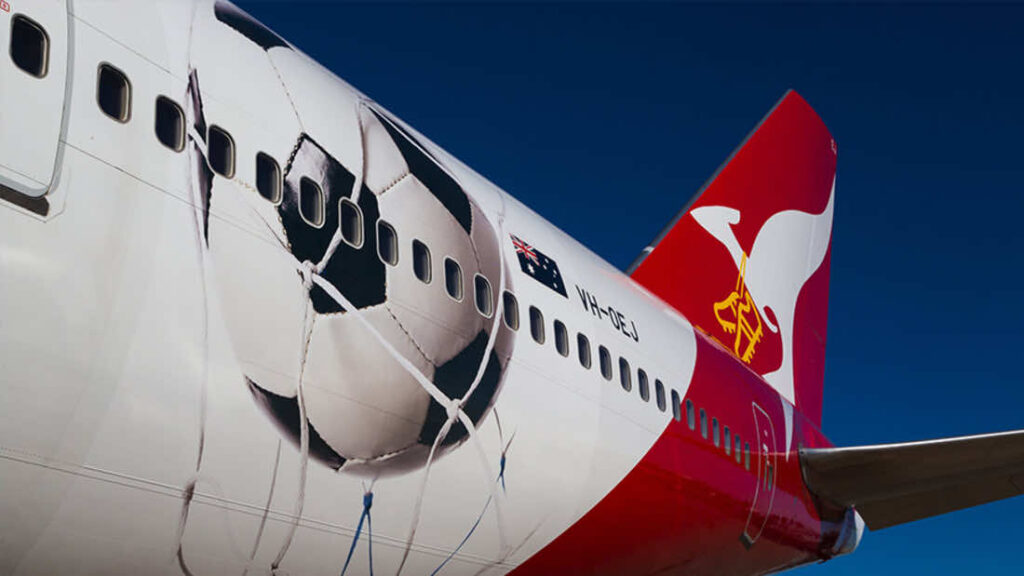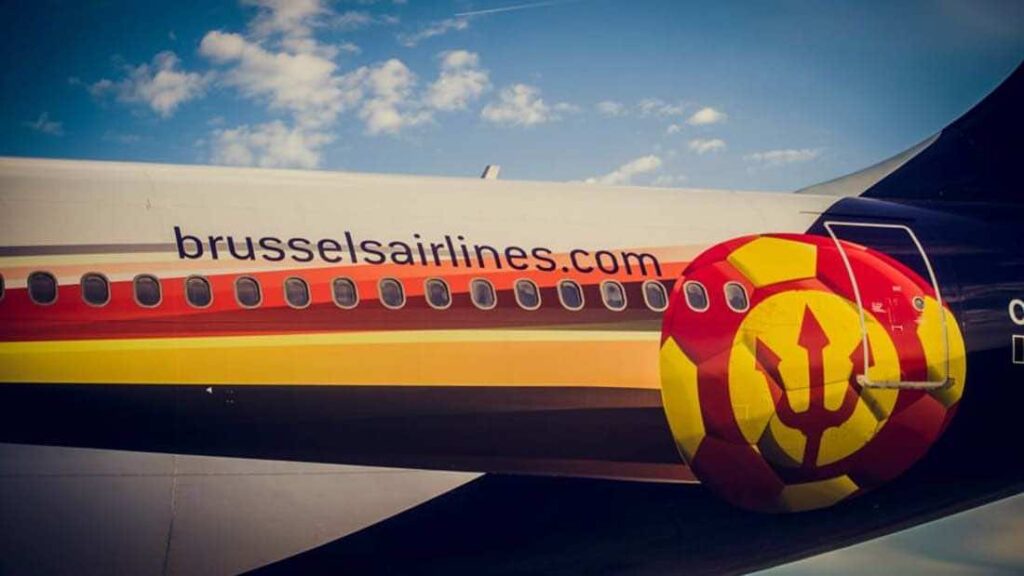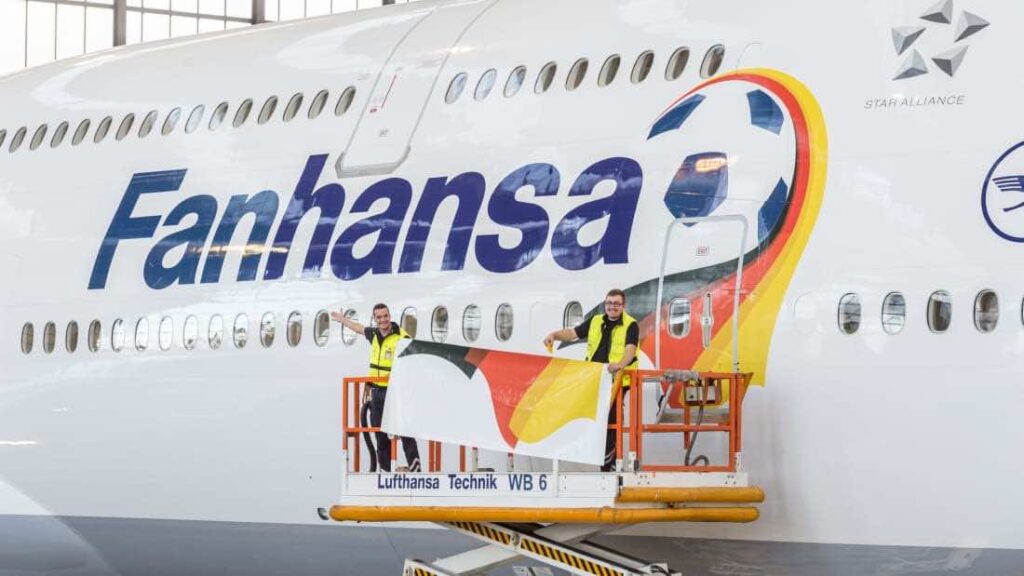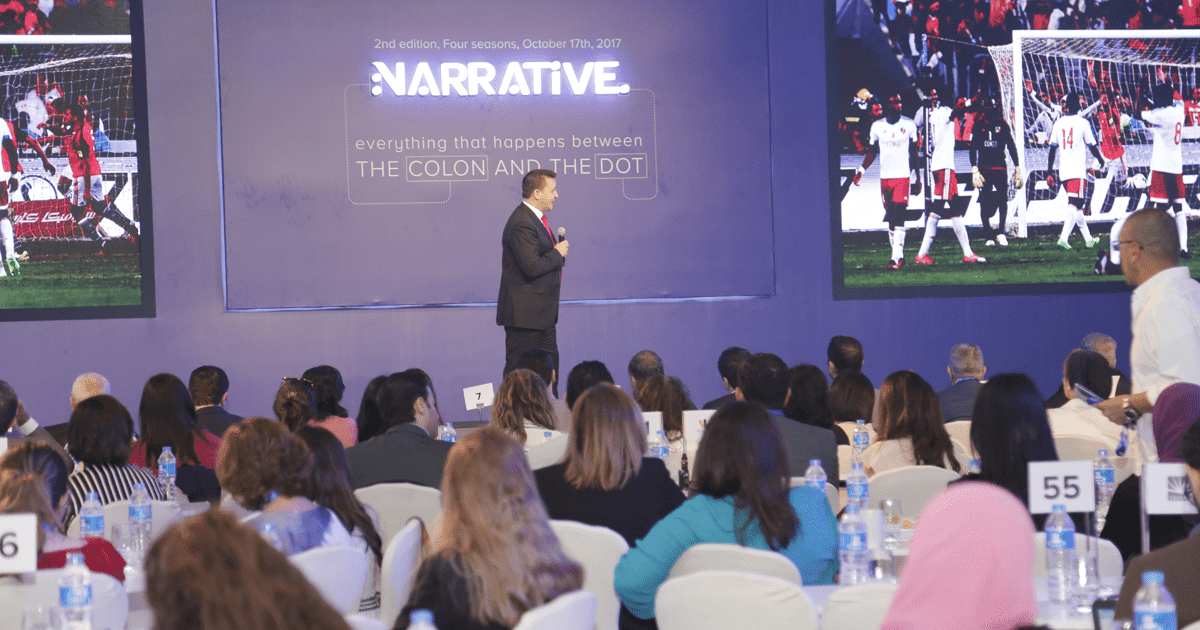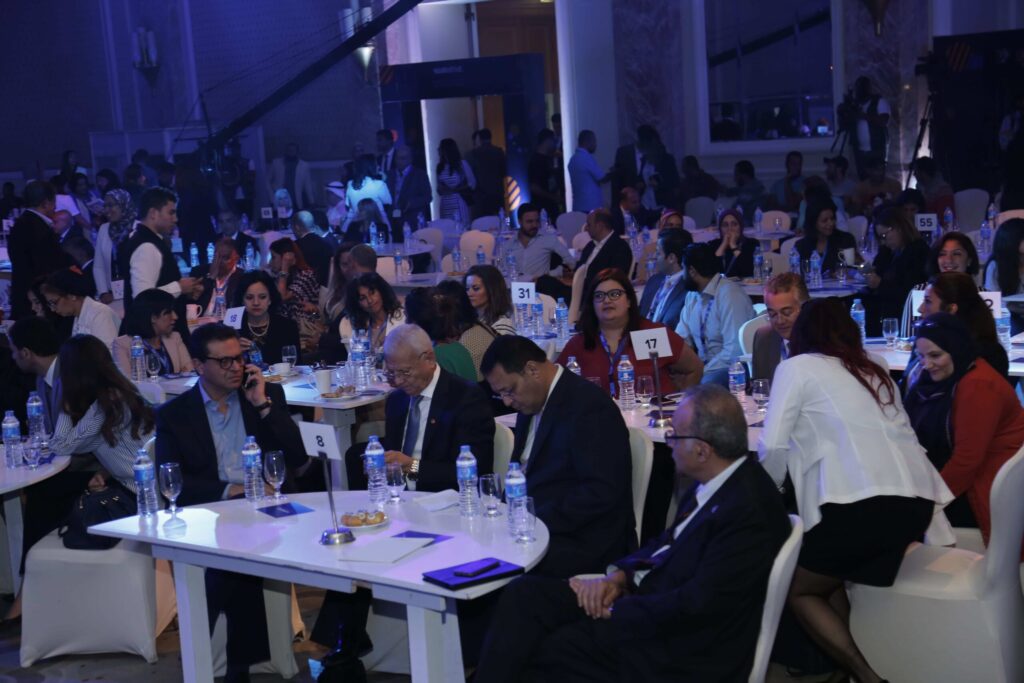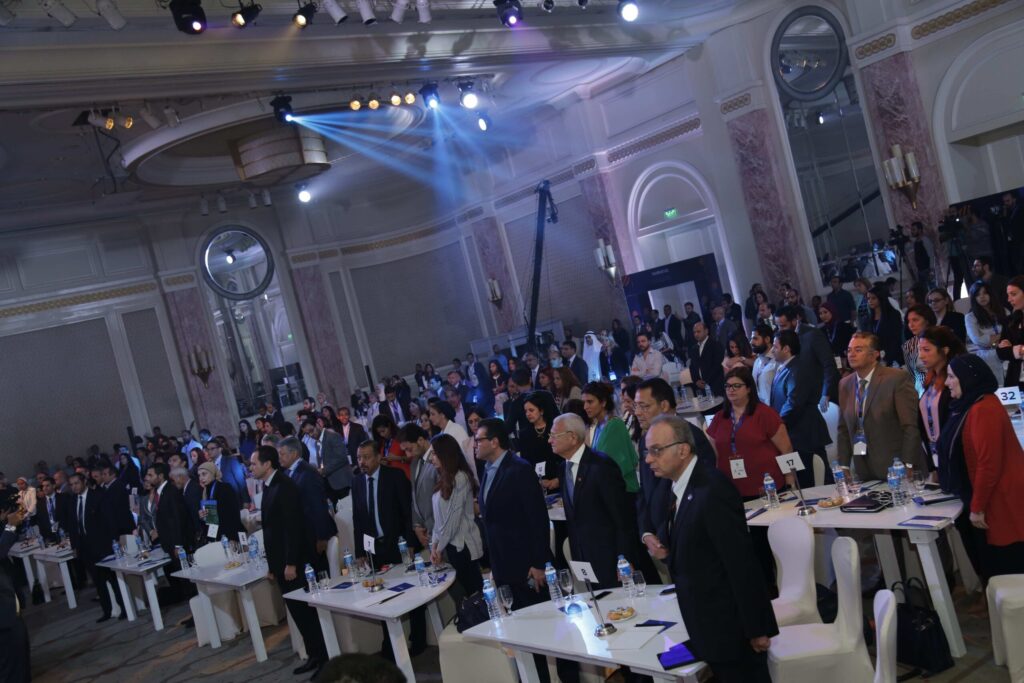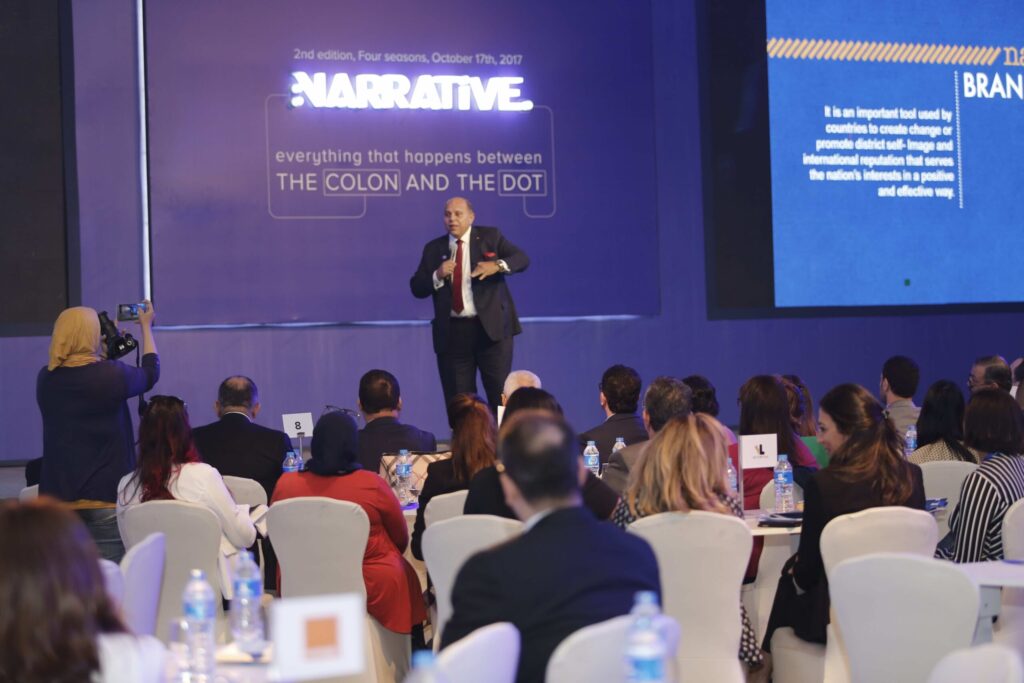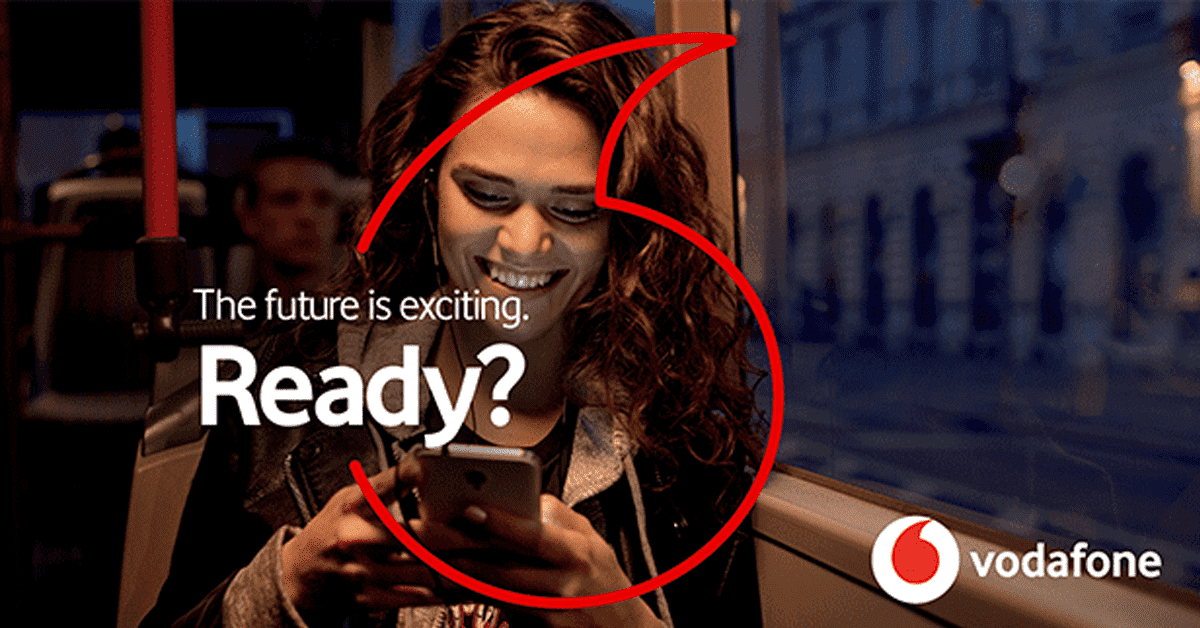If you have just learned about search engine optimization (SEO), you might feel a little bit intimidated because it is so much you need to learn. It might not be helpful, but you should know that even those who started using SEO a decade ago are still learning new tricks with SEO today.
However, it would be best if you learned things before you got your first foot in the SEO world and later on catch up with new tricks as they present themselves. Before you get overwhelmed with too much information, understand the meaning of SEO and its importance to the business.
We can define Search engine optimization as an online marketing strategy that helps individuals and businesses to increase the chances of their online content being found faster on search engines such as Google or Bing.
SEO helps to improve your search engine ranking under organic listings.
Organic listings are search engine results that are free. When you search for anything through Google, you will first see the paid advertisements and organic listing on the first search result page.
If SEO can help you appear among the first organic listings, then you are guaranteed to enjoy numerous benefits from this experience.
Some of the benefits you can enjoy from effective SEO services is increased brand awareness, more traffic on your website, and becoming more competitive, among other benefits. Here are other essential things you need to grasp about SEO.
1. Content Is Everything
Content is anything you input on your website, or any other online platform, that holds your brand information. It can come in text, images, audio, or even videos.
You need to know that Google and other search engines love good content, and the quality of your content will determine your success with SEO or any different online strategy.
The content you put online is significant because it is the thing that will drive traffic to your website and also encourage your website visitors to visit over and over. If you can consider HigherVisibility’s SEO guide for beginners, you will learn more about the importance of content when it comes to SEO. Put more effort into providing quality information, be thoroughly engaging, and be as relevant as you can.
2. Performance Is Essential
You need to know that no client will keep trying to open your website if it’s slow or keeps on giving errors when loading.
It means that as much as you may have the best content, your website must be performing very well for you to enjoy the benefits of SEO.
Make sure your efforts from coding, optimization of images, and compatibility with different devices, such as mobile phones, are top-notch.
User experience is everything because it will encourage them to visit your website the next time they look for similar items you sell. How your website performs will impact how well search engines will serve your content.
3. Link Building
It is possible to link someone else’s business in your content using anchor texts, and they can also do the same for you. Link building is perfect because search engines, such as Google, use search algorithms to review links between different sites.
While it is an excellent way to create content on external websites and thereby increase traffic towards your content, you must be very careful to avoid falling on the wrong side of your favorite search engine.
Your search engine will determine if your linking with other websites passes the quality and quantity criteria for it to be considered a good or a bad vote for your website content. The sources of links also matter.
4. There Are Rules Involved In SEO
If you are targeting Google as your search engine, you must abide by the rules laid by Google when creating your content. Taking by the rules will increase your chances to be ranked high and therefore be found faster by potential clients.
First of all, your keyword research should be very effective because it will help you build content based on what people are searching for on the internet.
The bottom line, follow all Google guidelines to the latter. If you choose not to follow the rules, you will have to pay high penalties, such as Google Panda or Google Penguin, which will be an awful experience for you and your business. Being banned or penalized by a search engine can kill your business, especially in today’s digital world.
Try to play it smart and do the right thing.

